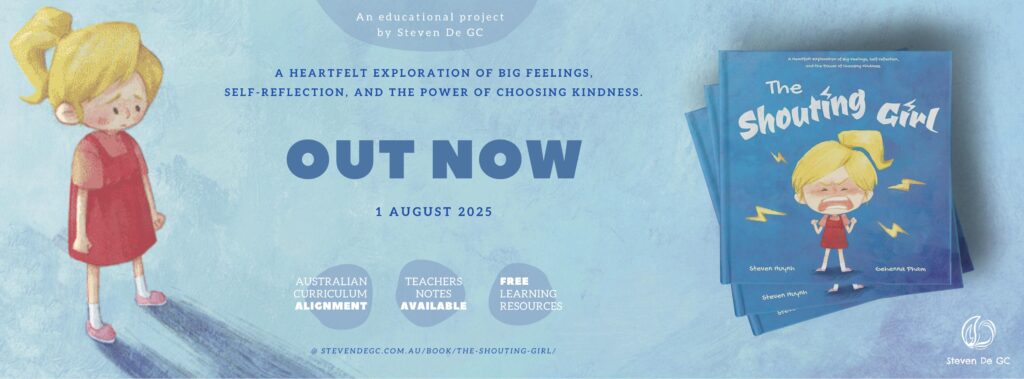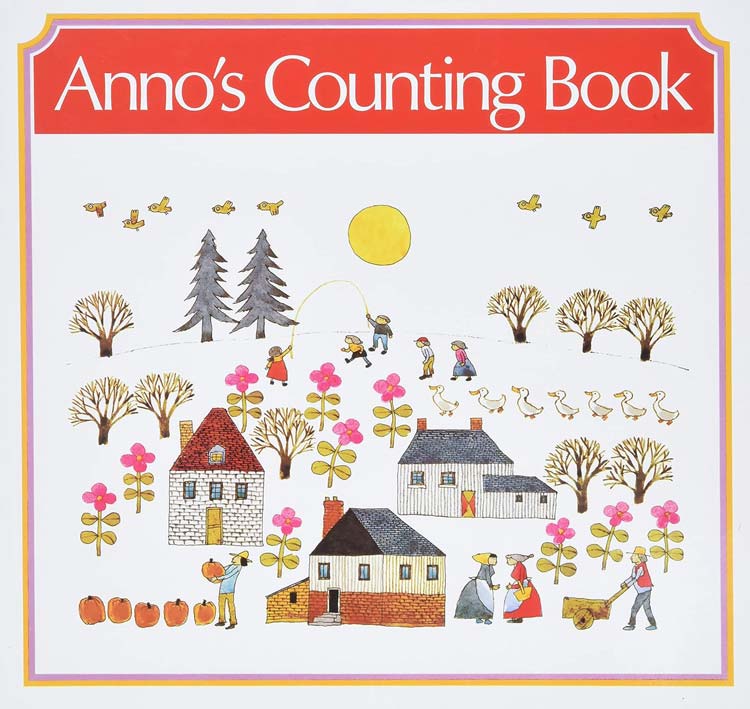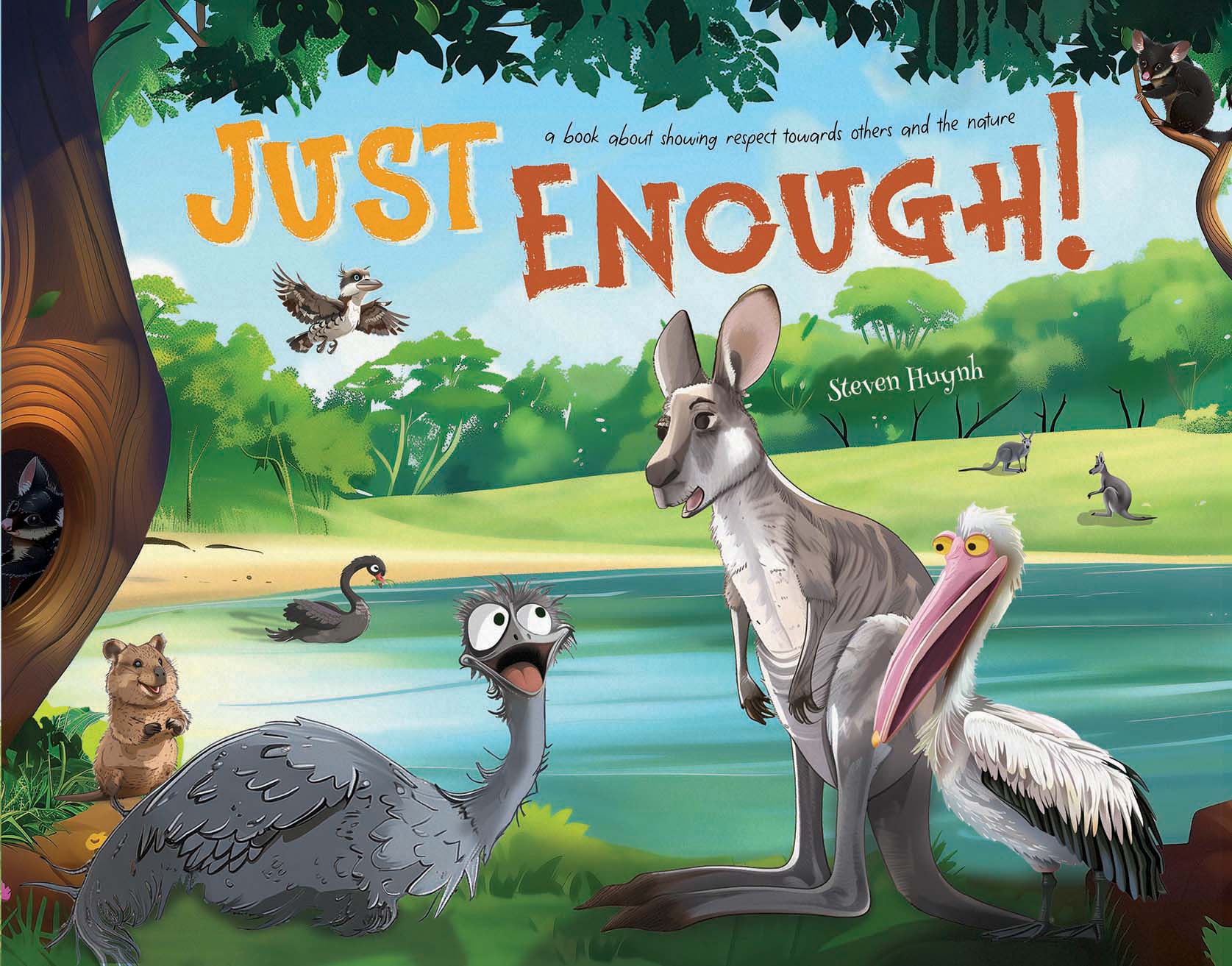Books
We Feature Children’s Books Aligned with the Australian Curriculum
Browse our collection of thoughtfully selected children’s books that align with the Australian Curriculum across key learning areas: Science, Mathematics, Design and Technologies, English (Literacy and Literature), Humanities and Social Sciences (HaSS), and Health and Physical Education. These books are perfect for junior primary students in Foundation (age 5), Year 1 (age 6), and Year 2 (age 7).
Explore a wide range of engaging topics, from the natural world and problem-solving to social understanding and emotional wellbeing. Each book supports deeper classroom discussion and helps bring curriculum content to life through stories that children love.
Ideal for educators, librarians and parents looking for curriculum-aligned picture books that inspire learning and curiosity.
Expand | Collapse Search filter
-
Written by Phyllis Root
Illustrated by Jane Chapman
Published by CWP
Theme/topic: Counting, Repetition, and Rhyme
This picture book invites children to count along as various animals come to help a duck who’s stuck in the muck. The repetitive, rhyming text supports early literacy development by exposing children to rhymes and predictable sentence patterns (AC9EFLE04 – Foundation Year, English).
At the same time, the book reinforces key mathematical concepts by encouraging children to recognise numerals, match quantities, and practise sequencing numbers up to ten (AC9MFN01 – Foundation Year, Mathematics). With its engaging rhythm, vibrant illustrations, and opportunities for counting and number sequence, One Duck Stuck is an excellent resource for developing both early language and numeracy skills in an enjoyable and memorable way.
Written & illustrated by Kat Macleod
Published by Thames & Hudson
Theme/topic: Shapes
This vibrant and engaging book introduces young readers to the concept of shapes in a fun and playful setting. Through its dynamic illustrations, children explore a variety of shapes—such as circles, triangles, and squares—while following the excitement of a party scene. The book aligns with AC9MFSP01 (Foundation Year, Mathematics), which focuses on identifying and describe familiar two-dimensional shapes within objects in the environment. As children engage with the visuals, they develop geometric awareness and recognition skills in an enjoyable and meaningful context. With its bold artwork and interactive storytelling, Shapes at the Party fosters curiosity and learning through real-world applications of geometry, making it a valuable resource for early mathematical exploration.
Written by Lisa Mantchev
Illustrated by Taeeun Yoo
Published by Simon & Schuster/Paula Wiseman Books
Theme/topic: Friendship, Inclusion, and Persistence
This heartwarming book talks about friendship, inclusion, and embracing differences. The book follows a young boy and his tiny pet elephant as they excitedly approach a pet club meeting, only to be turned away by a sign that reads “Strictly No Elephants.” Undeterred, the boy and his elephant set out to create their own inclusive club, welcoming all kinds of pets and friends.
This uplifting story encourages children to practise personal and social skills to interact respectfully with others (AC9HPFP02 – Foundation Year, Health and Physical Education). Through the experiences of the main character and his elephant, young readers can identify characters who have been excluded, explore the reasons behind their exclusion, and discuss how others could have acted more inclusively. The book’s gentle message, paired with its expressive illustrations, reinforces the value of belonging and the power of creating welcoming spaces for everyone. Strictly No Elephants is an inspiring read that fosters empathy, emotional intelligence, and social awareness in young readers.
Written & illustrated by Mo Willems
Published by Hyperion Books for Children
Theme/topic: Friendship, Inclusion, and Persistence
Can I Play Too? by Mo Willems is a heartwarming and humorous story about friendship, inclusion, and problem-solving. When a new friend, Snake, wants to join Elephant and Piggie’s game of catch, the duo faces a challenge—how can someone without arms play? Through their creativity and determination, the friends work together to find a way for everyone to be included.
This engaging story provides an opportunity for children to practise personal and social skills to interact respectfully with others (AC9HPFP02 – Foundation Year, Health and Physical Education). Teachers and students can explore how characters experience exclusion, discuss why it happens, and consider ways to make activities more inclusive. With its simple yet expressive illustrations and playful dialogue, Can I Play Too? fosters inclusion, empathy, problem-solving, and cooperation, making it a valuable resource for early childhood social-emotional learning.
Written by Trudy Ludwig
Illustrated by Patrice Barton
Published by Rhus Children’s Books
Theme/topic: Friendship and Inclusion
The Invisible Boy by Trudy Ludwig is a touching story that highlights the importance of kindness, inclusion, and empathy. Brian, a quiet and overlooked boy, often feels invisible among his classmates—until a new student, Justin, arrives and helps him find his voice. Through expressive illustrations and a heartfelt narrative, the story encourages children to recognise the impact of their actions and words in making others feel valued.
This book provides an opportunity for children to practise personal and social skills to interact respectfully with others (AC9HPFP02 – Foundation Year, Health and Physical Education). By identifying characters who have been excluded, exploring the reasons behind their exclusion, and discussing how others could have been more inclusive, The Invisible Boy fosters discussions on empathy and belonging. A powerful resource for developing emotional intelligence, this story encourages young readers to build inclusive and compassionate relationships.
Written by Jana Hunter
Illustrated by Sue Porter
Published by Mondo Pub
Theme/topic: Emotion recognition and Emotional regulation
I Have Feelings by Jana Hunter is a sweet story that explores the wide range of emotions children experience. Through relatable scenarios and simple text, the book helps young readers recognise and understand their own feelings, such as happiness, sadness, and anger, and what triggers those feelings. This book serves as an excellent resource to support children in describing and express emotions they experience in an appropriate way (AC9HPFP03 – Foundation Year, Health and Physical Education).
With its vibrant illustrations and engaging narrative, I Have Feelings encourages children to express their emotions in a healthy and constructive way. It provides a perfect opportunity to discuss emotional literacy, social skills, and respectful interactions with peers.
Written & illustrated by Mitsumasa Anno
Published by HarperCollins AU
Theme/topic: Counting
Anno’s Counting Book by Mitsumasa Anno is a beautifully illustrated and engaging book that introduces young children to the concept of numbers and counting. As the story unfolds, readers are invited to follow a journey through various landscapes, counting objects and animals along the way. This simple yet captivating narrative allows children to practise recognising numerals and matching them with corresponding quantities (AC9MFN01 – Foundation Year, Mathematics).
The book’s enchanting illustrations and gentle pacing make it a perfect resource for young learners to develop early number sense, visualising quantities, and building a strong foundation for understanding numbers in a real-world context. By combining storytelling with mathematical concepts, Anno’s Counting Book encourages curiosity and exploration, fostering a love for both reading and maths.
Written by Steve Jenkins
Illustrated by Robin Page
Published by Houghton Mifflin Children
Theme/topic: External features and Habitats
I See a Kookaburra! by Steve Jenkins & Robin Page is an engaging exploration of animal habitats around the world. Through detailed illustrations and informative text, children are invited to observe and identify different animals in their natural environments, from the Australian bush to the desert and jungle around the world.
This book supports young learners in recognising that living things have different external features and needs that help them survive (AC9SFU01 – Foundation Year, Science). It also encourages children to explore how different places provide the resources animals need to live and grow (AC9S1U01 – Year 1, Science).
With its interactive “seek-and-find” style and rich factual content, I See a Kookaburra! fosters curiosity and a deeper understanding of biodiversity and ecosystems.
Written & illustrated by Steven Huynh
Published by Steven De GC
Theme/topic: Basic needs, Health and Physical Education, and Sustainability
The narrative encourages students to take only what is needed (ACPPS006, ACPPS022 – Foundation to Year 2 Health and Physical Education), reinforcing fairness in sharing resources like classroom materials. It also explores the negative consequences of overuse by addressing the basic needs of animals—food, water, and shelter (ACSSU002 – Foundation Year Science) —demonstrating how overuse impacts wildlife and habitats. Highlighting environmental changes caused by resource depletion (ACSSU019 – Year 1 Science), fostering the awareness of sustainability. With its rich themes of sharing and environmental stewardship, this story inspires young learners to adopt mindful, responsible habits in their daily lives.
Written & illustrated by Eric Carle
Published by World of Eric Carle
Theme/topic: Weather changes
Little Cloud by Eric Carle is a beautifully illustrated story that follows a small cloud as it drifts across the sky, changing into different shapes before joining other clouds to bring rain. The book encourages young readers to observe and explore daily changes in weather patterns through clouds and understand clouds are part of the water cycle (ACSSU004 – Foundation Year, Science; AC9S1U02 – Year 1, Science).
Through Carle’s signature collage-style illustrations and simple yet engaging text, Little Cloud inspires children to use their imagination while learning about the natural world. The book also provides opportunities for discussions about how clouds form, change, and contribute to the environment, making it a wonderful resource for early science learning.
Written by Bill Martin and John Archambault
Illustrated by Ted Rand
Published by Square Fish
Theme/topic: External features
Here Are My Hands by Bill Martin and John Archambault is a rhythmic and engaging picture book that celebrates the different parts of the human body and their functions. Through simple, repetitive text and vibrant illustrations, young readers are encouraged to recognise their own external features and explore their purposes, such as hands for clapping, feet for running, and eyes for seeing (AC9SFU01 – Foundation Year, Science).
This book fosters body awareness, supports early language development, and provides opportunities for interactive learning, making it a wonderful resource for exploring how our bodies help us engage with the world around us.













